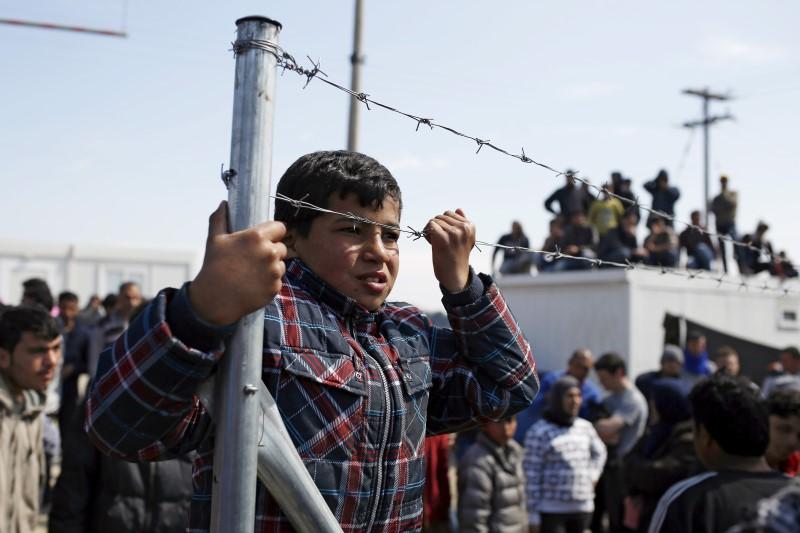As the world continues to face record high levels of displacement, newly released data from the United Nations’ Refugee agency shows that less than five percent of global refugees in need of resettlement were resettled in 2018.
Of an estimated 1.2 million refugees in need of resettlement worldwide in 2018, only 55,692 successfully reached host countries, the UNHRC report shows.
Resettlement, which requires the relocation of refugees to a permanent host country that agrees to grant them legal residency status, is available only to the world’s most desperate refugees who face the highest risks to their safety in their home countries.
Major Gap
The 1.2 million refugees referred for resettlement constitute just a small portion of the over 19 million total refugees worldwide.
More than half of all those in need of resettlement are children, and the countries with the highest rates of displacement were Syria, the Democratic Republic of the Congo, Eritrea, and Afghanistan.
Sixty-eight percent of submissions for resettlement from UNHCR last year were for survivors of violence and torture, those with legal and physical protection needs, and women and girls at risk.
“Resettlement remains a life-saving tool to ensure the protection of those most at risk. It is an instrument of protection, and a tangible mechanism for governments and communities across the world to share responsibility for responding to forced displacement crises,” UNHCR said in its report.
Reduced Admissions
The Global Compact on Refugees calls for countries to offer more resettlement opportunities by expanding existing programs or establishing new ones.
U.S. President Donald Trump’s administration has steadily slashed refugee resettlement rates since taking office in 2016. Trump was vocally opposed to admitting any Syrian refugees while running for president and was partially successful in imposing a ban on Muslim people entering the United States.
Refugee resettlement rates in Europe also fell significantly in 2018, UNHCR data shows.
In 2019, it is estimated that 1.4 million refugees who are currently residing in 65 refugee-hosting countries worldwide will need resettlement.
The largest number of UNHCR-facilitated resettlement departures in 2018 were from major refugee-hosting countries, including Lebanon, Turkey, Jordan, and Uganda.
Syrian refugees in those and other countries will make up a major part of resettlement needs this year, as well as refugees in host countries across the “Central Mediterranean Route,” where crossings towards Europe continue to “take a devastating toll on human life.”
More on the Subject
The situation in war-torn Yemen, already facing the most severe humanitarian crisis in the world, is getting even worse, the United Nations warned on Thursday.
“The humanitarian crisis in Yemen remains the worst in the world,” said the UN Office for the Coordination of Humanitarian Affairs in a statement.
“An estimated 80 percent of the population – 24 million – require some form of humanitarian or protection assistance, including 14.3 million who are in acute need.


